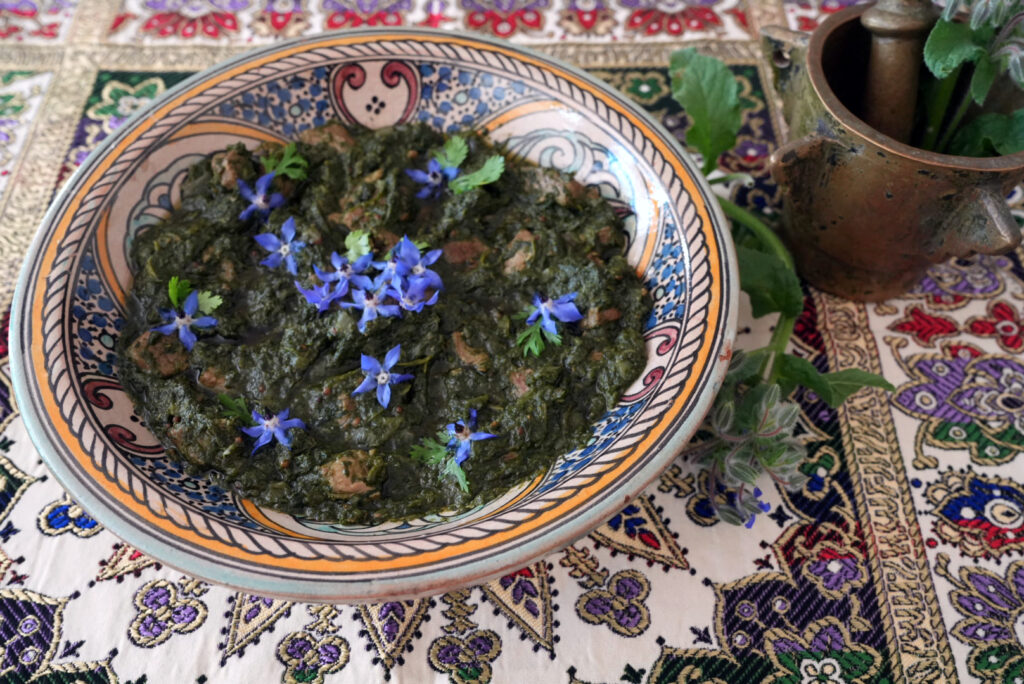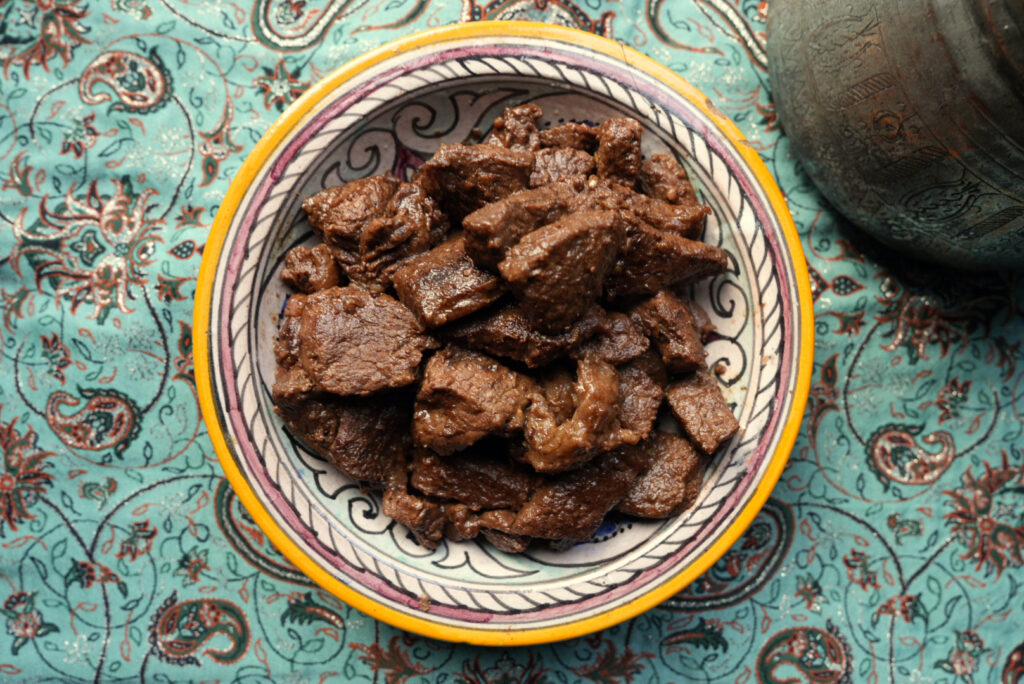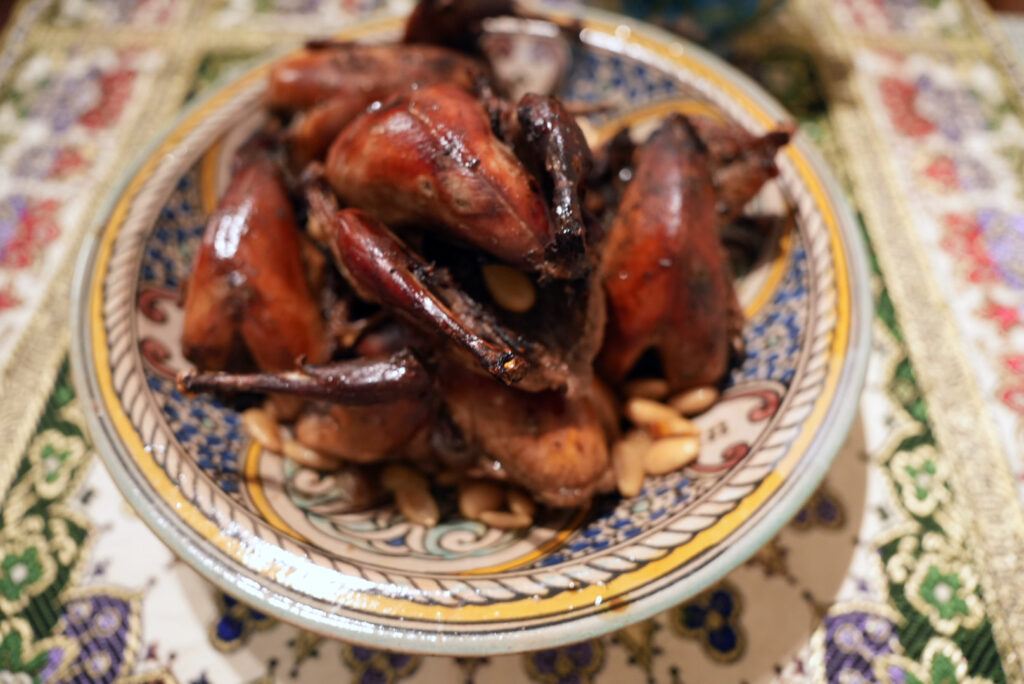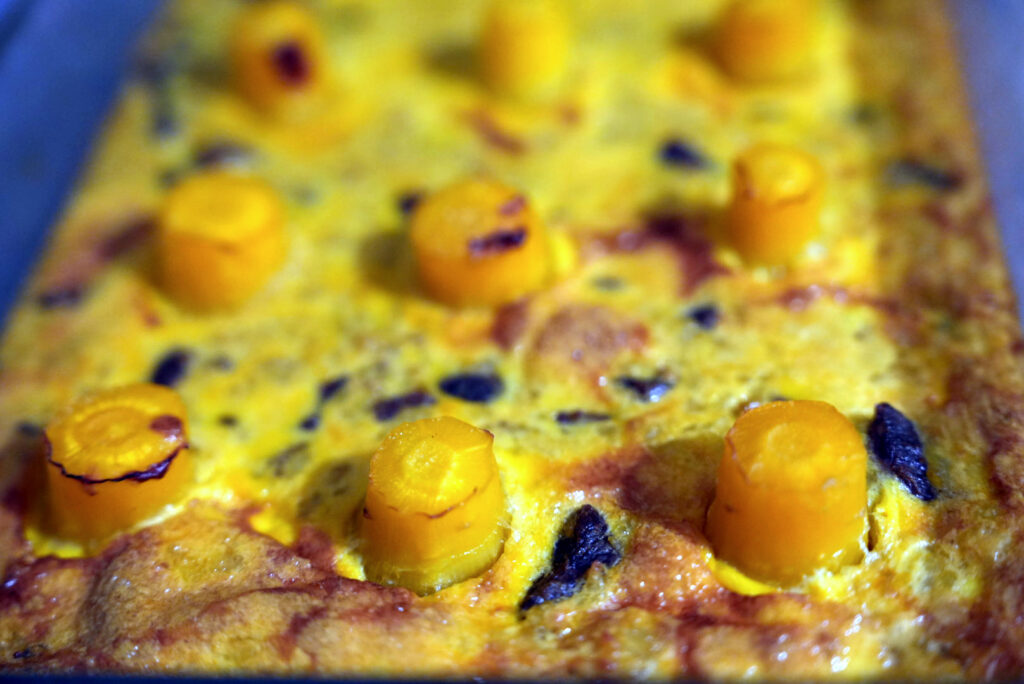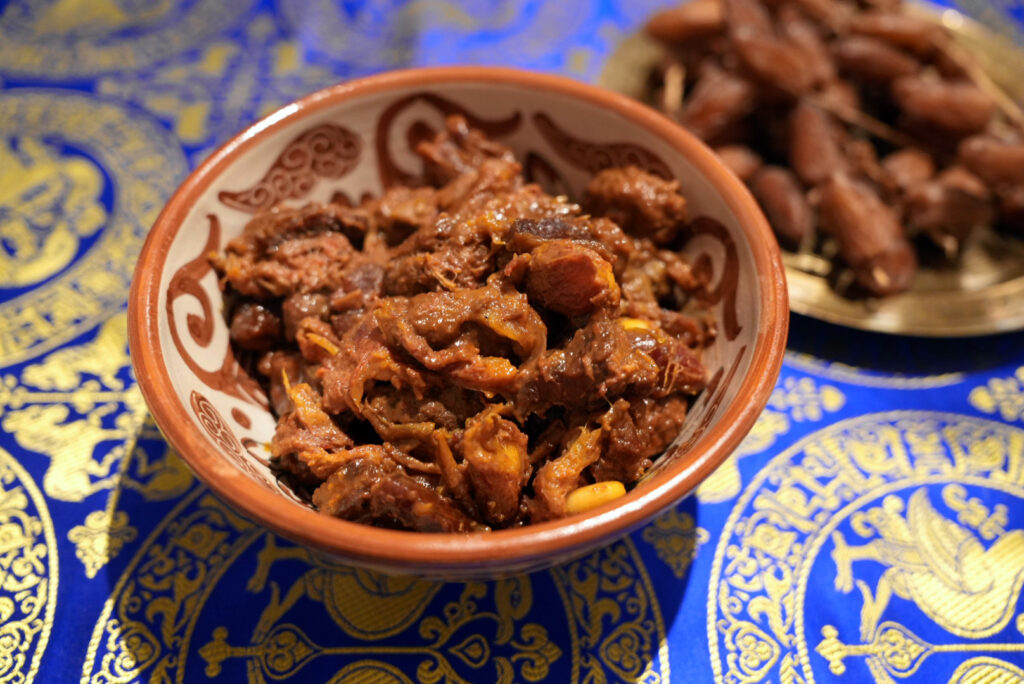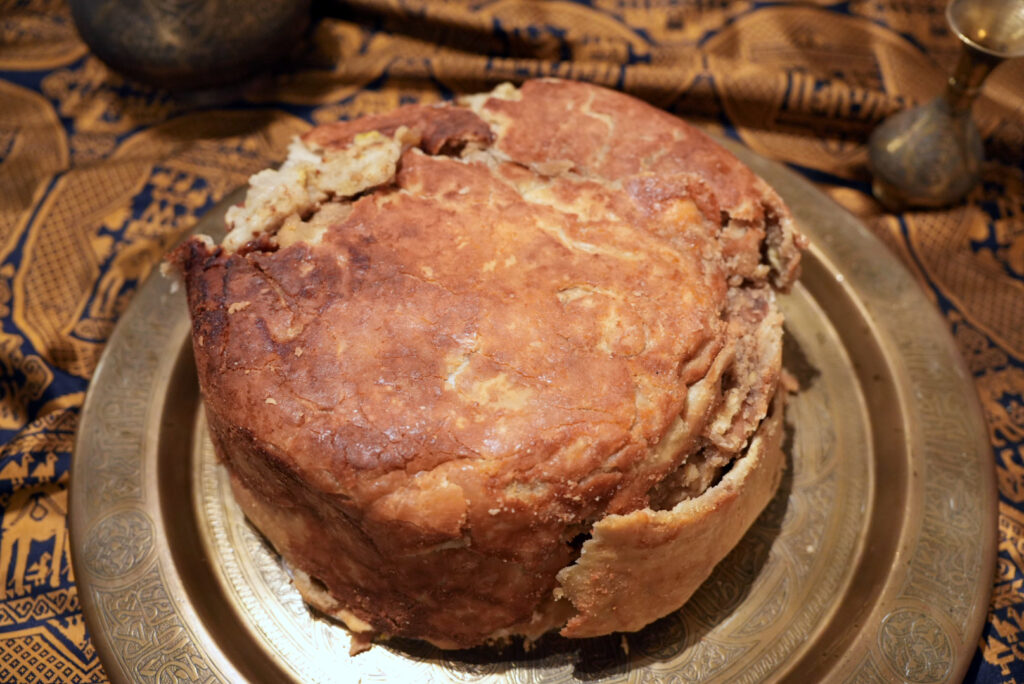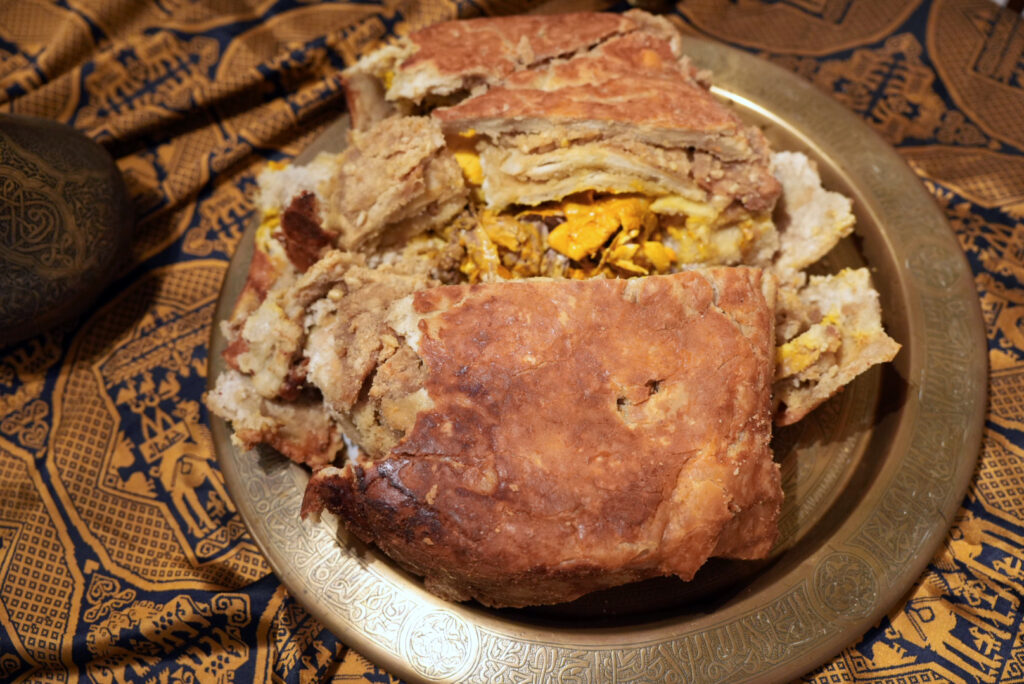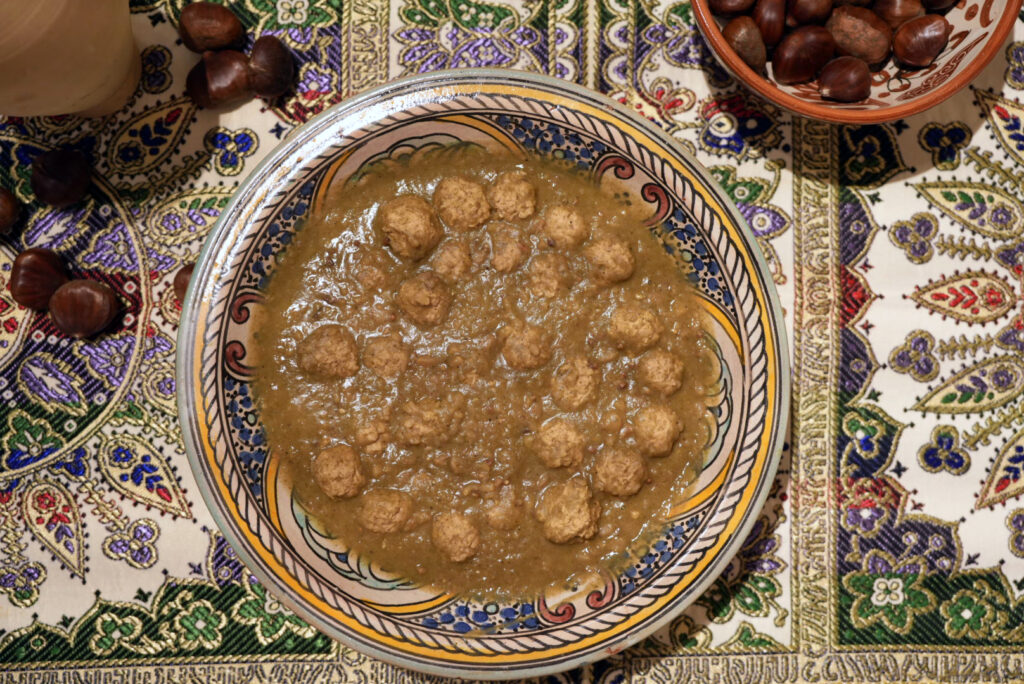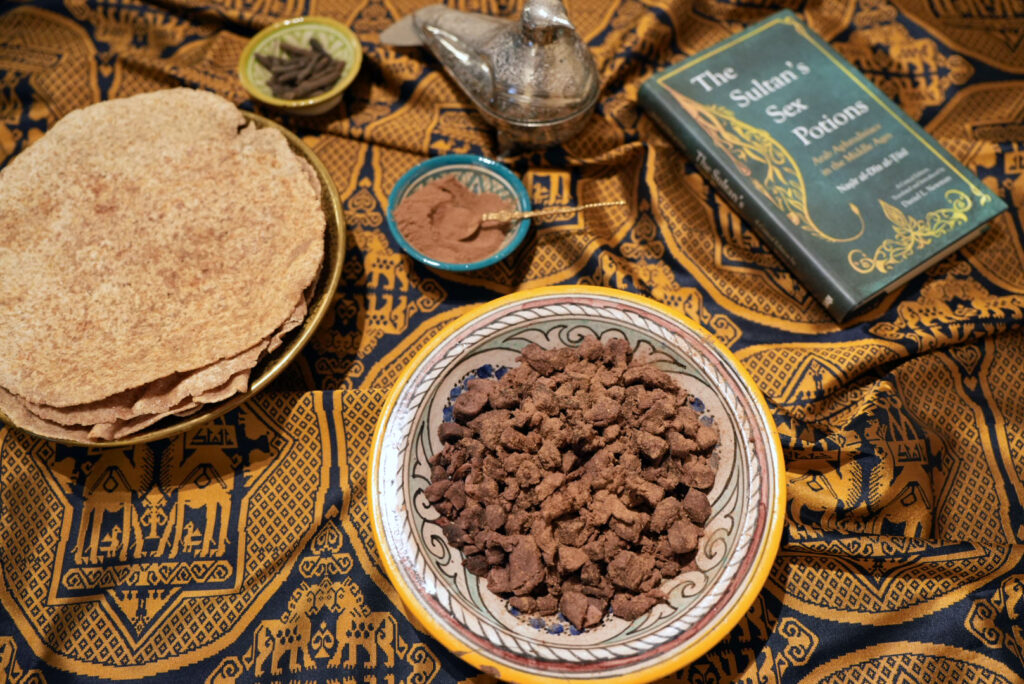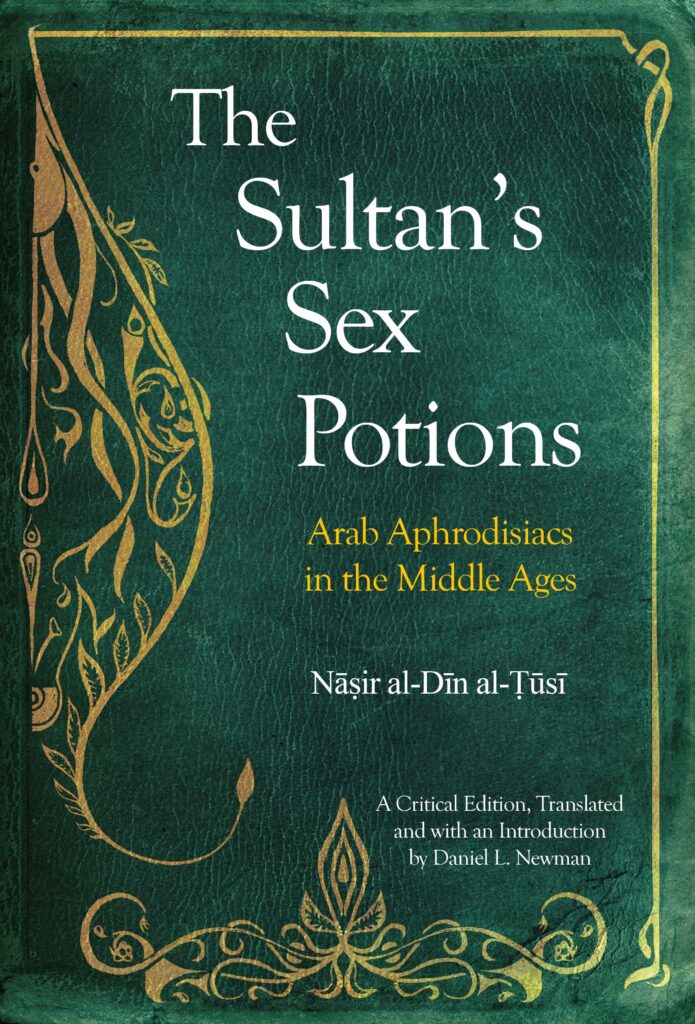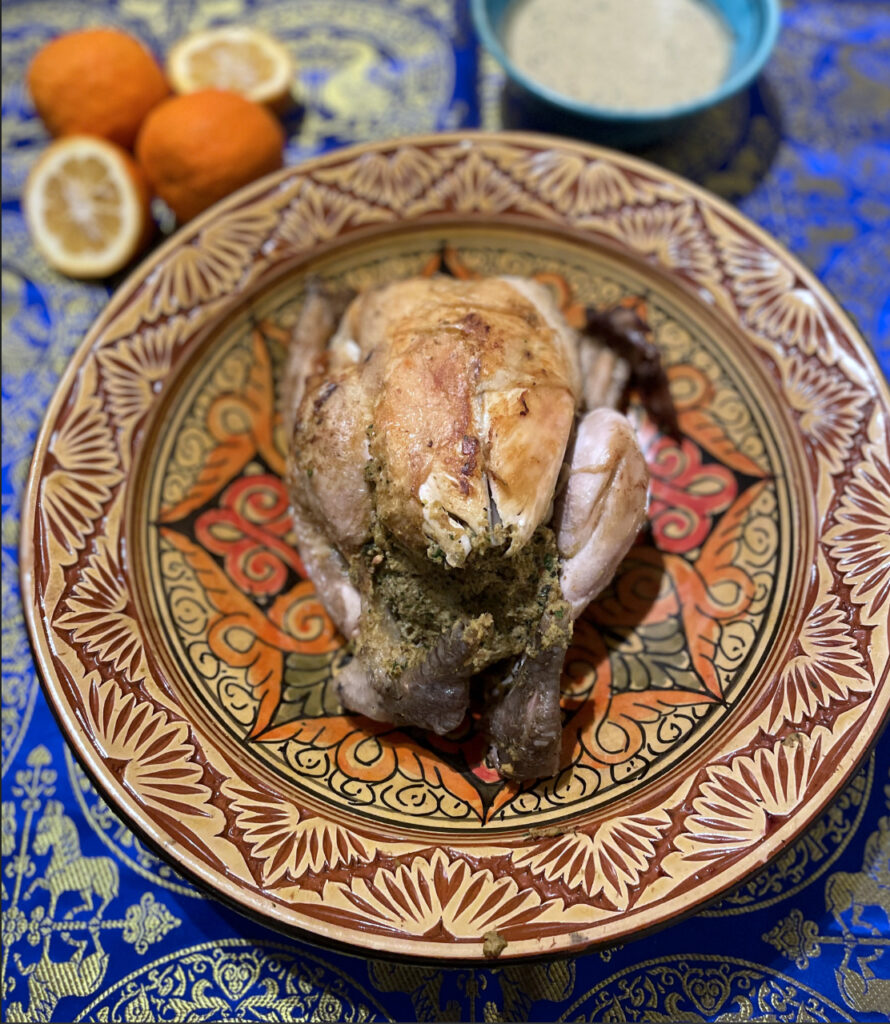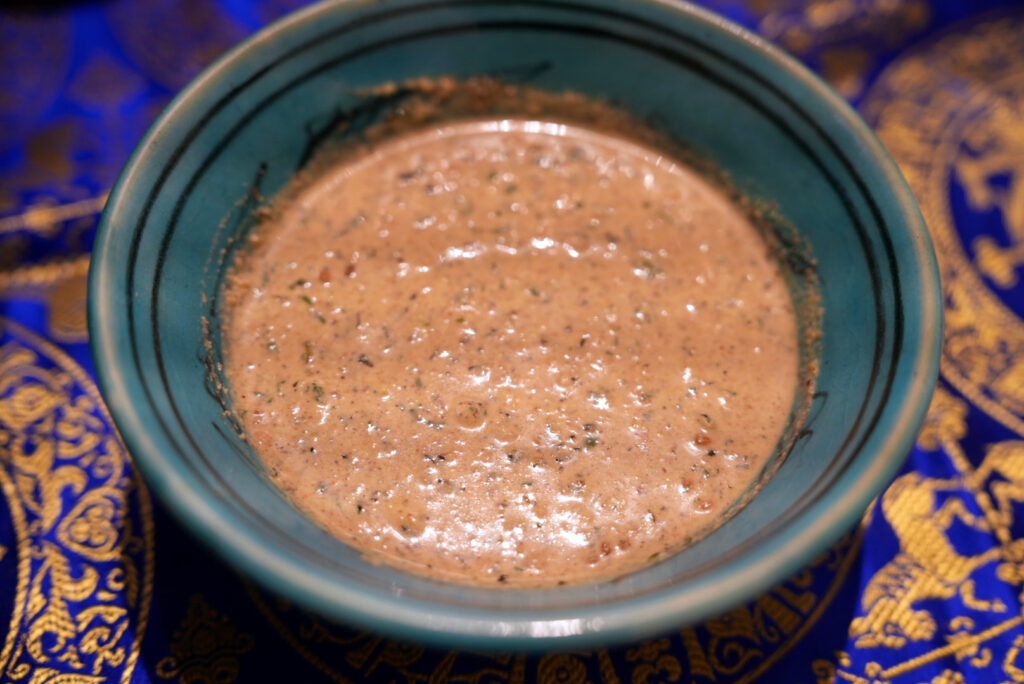This is a unique recipe for a beef stew from The Exile’s Cookbook made with borage (Borage officinalis), known as lisān al-thawr (لسان الثور, ‘ox tongue’) — a loan translation from the Greek boúglōsson (the etymon of the English ‘bugloss’) — but as Abū khuraysh (أبو خريش) in Andalusian Arabic. The dish is made with lamb, borage leaves, salt, olive oil, pepper, coriander and onion. The beautiful star-shaped flowers also serve as an attractive garnish.
This is the only time borage appears as an ingredient in a food dish, as it was used primarily in medicinal compounds (often its water in beverages), most notably in stomachics and anti-nausea drugs.
The best-quality borage allegedly came from Syria or Khorasan. Medicinally, burnt borage was thought to be useful against mouth ulcers, palpitations and melancholic conditions. When cooked with sugar, it was beneficial for coughs and roughness of the chest. It is still used today in Unani medicine (where it is known by its Persian name, ‘kavzaban’, گاو زبان) for a variety of conditions, including palpitations and nerve health.
